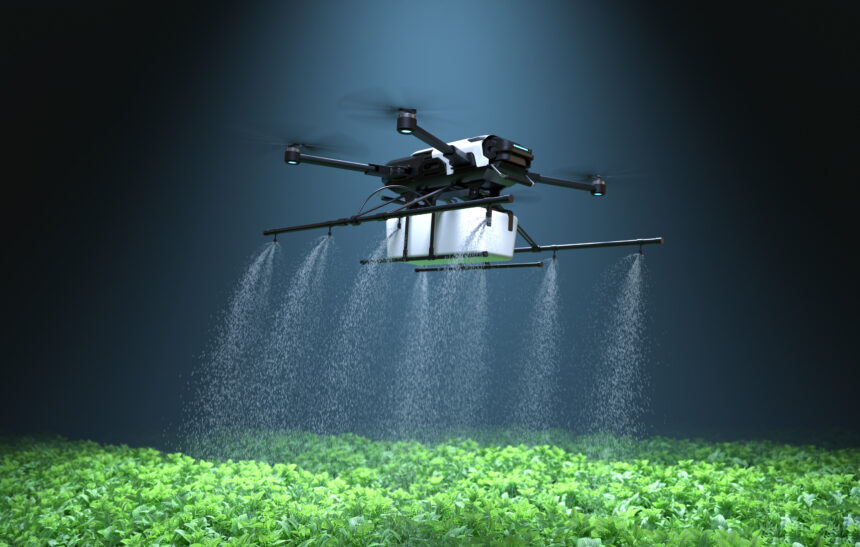5 Low-Cost Irrigation Systems for Small Farmers
Irrigation is a critical component of successful farming, ensuring plants receive adequate water for optimal growth and productivity. While advanced irrigation systems can be expensive and out of reach for small-scale farmers, there are low-cost alternatives that can effectively meet their irrigation needs. Here are five affordable irrigation systems suitable for small farmers:
- Drip Irrigation: Drip irrigation is a cost-effective and efficient irrigation method that delivers water directly to the plant roots. It involves using a network of tubes or pipes with small emitters spaced along their lengths. Drip irrigation minimizes water wastage by reducing evaporation and runoff. This system is ideal for small farms with limited water resources, as it delivers water precisely where it’s needed and reduces weed growth.
- Sprinkler Irrigation: Sprinkler irrigation is another affordable option for small farmers. It involves using sprinklers to distribute water over the crop area. Sprinklers can be set up on risers or attached to hoses. This system is particularly useful for irrigating larger areas, as it provides good coverage. However, it may result in some water loss due to evaporation, so it’s important to schedule irrigation during suitable weather conditions to minimize wastage.
- Furrow Irrigation: Furrow irrigation is a simple and low-cost method commonly used by small farmers. It involves creating shallow trenches or furrows along the crop rows and filling them with water. The water seeps into the soil, providing irrigation to the plant roots. This system is suitable for row crops and requires minimal investment in equipment. However, it can be less efficient compared to drip or sprinkler systems and may result in uneven water distribution.
- Rainwater Harvesting: Rainwater harvesting is an excellent low-cost irrigation option for small farmers, particularly in areas with seasonal rainfall. It involves collecting and storing rainwater for later use in irrigation. Farmers can set up simple rainwater collection systems using gutters, downspouts, and storage tanks or barrels. This method reduces dependence on other water sources and can be an effective way to supplement irrigation needs during dry periods.
- Manual Irrigation: For small farms with limited resources, manual irrigation methods can be practical and low-cost. This includes using watering cans, buckets, or handheld sprayers to apply water directly to the plants. Although it can be labor-intensive, manual irrigation allows farmers to have direct control over water application and is suitable for small gardens or specific crop areas.
It’s important to note that the choice of irrigation system depends on factors such as crop type, soil conditions, water availability, and budget. Small farmers should assess their specific needs and evaluate the feasibility and effectiveness of different irrigation options. It’s also advisable to seek guidance from local agricultural extension services or irrigation experts to determine the most suitable and cost-effective system for their farming operations.
By utilizing these low-cost irrigation systems, small farmers can effectively manage their water resources, optimize crop production, and improve overall farm profitability. Even with limited funds, implementing efficient irrigation practices is crucial for sustainable and successful farming.
Join 'Farmers Mag' WhatsApp Channel
Get the latest Farming news and tips delivered straight to your WhatsApp
CLICK HERE TO JOIN






